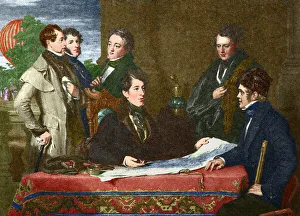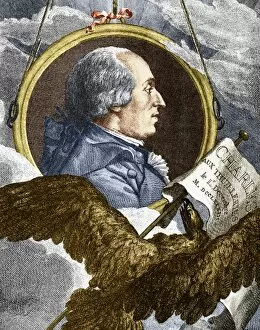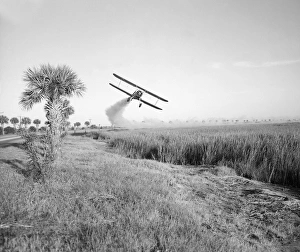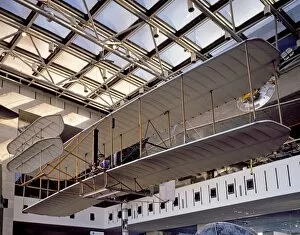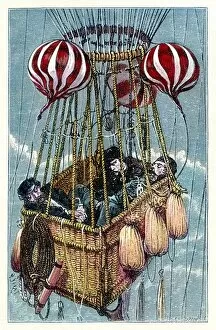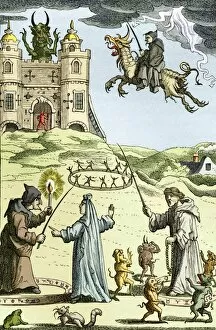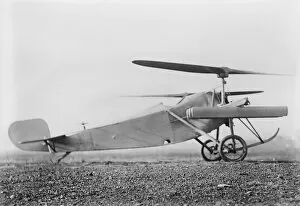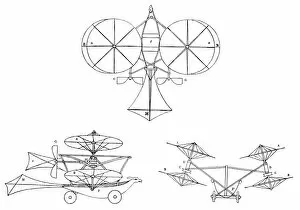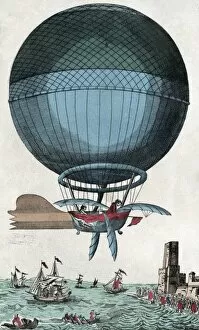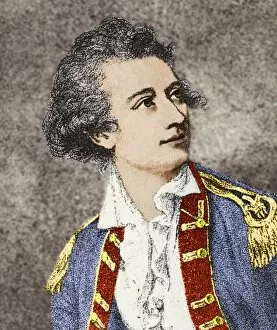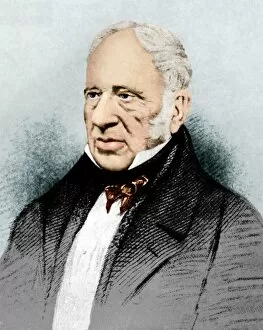History Of Flight Collection
"The Evolution of Flight: From Balloons to Fighter Planes and Beyond" Robertsons Minerve balloon
All Professionally Made to Order for Quick Shipping
"The Evolution of Flight: From Balloons to Fighter Planes and Beyond" Robertsons Minerve balloon, 1804: The first manned ascent in a hot air balloon marks the beginning of human flight aspirations. Royal Vauxhall pre-flight consultation: Early pioneers gather to discuss the possibilities and challenges of conquering the skies. Early Hot Air Balloon in Flight, 1828 (watercolor): Artists capture the awe-inspiring sight of a hot air balloon soaring through the clouds for the first time. The Balloon Le Tricolore Ascending in 1874, 1874 (colour litho): A vibrant lithograph depicts a triumphant moment as another balloon takes flight, captivating spectators below. Crashed German Zeppelin, 1918: The devastating aftermath of an ill-fated zeppelin crash serves as a reminder of both progress and risks involved in aviation advancements during World War I. Gusmaos Passarola airship, 1709: An early prototype by Bartolomeu de Gusmão showcases his visionary design for an airship that would revolutionize transportation forever. Jacques Charles, French balloonist: Celebrating the achievements and contributions made by one of France's most renowned ballooning pioneers who pushed boundaries with his daring flights. Flight by Henri Farman (1874-1958) from Chalons to Reims, 1908 (b/w photo): A black-and-white photograph captures Henri Farman's groundbreaking journey across cities—a significant milestone towards long-distance aviation. Parachute exhibition poster, 1854 C014/0529 : Promoting safety measures and showcasing parachute technology developments that have saved countless lives throughout history British BE2a fighter plane, World War I C014 /2041 : A symbol of military innovation during WWI when aircraft began playing a crucial role in warfare, forever changing the face of combat.


